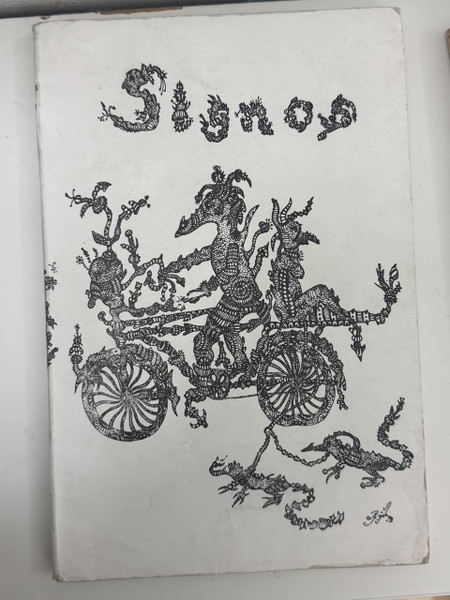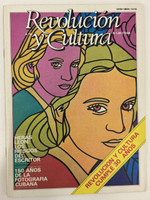- Travel
-
Exhibits
- La Portada Cubana
- Immortal Cuba: Artists Take on Their Heroes
- Seattle Poster Exhibit
- Sandra Dooley & Alejandrina Cué
- The Art of Wayacón
- Cuban Folk Art
- Cuba In Black And White
- 25 Years of Cuban Art Space
- Summer Folk Art Expo
- ¡SPRING AWAKENING FROM CUBA!
- Celebrating The Art Of Cuban Women
- Celebrating Paper, Affordable Art from Cuba
- Art of the Revolution
- Outsider Art
- Lost and Found
- En la lucha: Celebrating Cuban Women and Their Art
- Cuban Art Stash
- 100 Fires: 5 Cienfuegos Artists' Work on Paper
- Waya + Monte! Magic Realism in Cienfuegos
- Viva Cuba Viva! Poster Show
- Cultivando Sueños
- Black Lives Matter in Cuba Jan 9-March 27
- Leandro Soto: Crónicas visuales
- Cuban Canvas
-
Archive
- Global Reflection 2018: Spirit and Community
- Exhibit in the cloud: Contemporary Works on Paper
- MADE IN CUBA! MINNEAPOLIS EXHIBIT
- Cuban Posters and Photography from CCS collection
- AUTUMN SALE! Sept/Oct 2017
- SPRING ARTS AND CRAFT SALE
- Vuelo Directo/Non Stop: Alberto & Alejandro Lescay
- The Many Faces of Fidel
- Somos
- Made in Cuba!
- The US empire in Cuban graphics
- Made in Cuba/Seattle exhibit
- Entre Nos
- Looking Back
- Cuban Art Space
- Membership/Donate
- About Us
- Cuba News
-
SIGNOS: En la expresión de los pueblos (Signs: In the Expression of the Peoples) was a groundbreaking folklore and popular culture magazine published by Cuba's Consejo Nacional de Cultura and directed by the renowned poet, folklorist, and cultural researcher Samuel Feijóo from the Biblioteca Martí in Santa Clara, Cuba. The magazine focused on Cuban folk traditions, popular expressions, and rural culture, documenting customs, crafts, music, oral traditions, and visual arts from Cuba's countryside and working-class communities.
This July-December 1982 issue marked the 24th year of the Cuban Revolution and featured the cover artwork of Rigoberto Martínez, another extraordinary folk artist from Cuba's Las Villas province. Martínez's distinctive style combined intricate line work with fantastical imagery drawn from rural Cuban life and mythology. The front cover showcases an elaborate horse-drawn cart scene rendered entirely through decorative patterning—scales, waves, dots, and linear textures that transform everyday subject matter into magical visual compositions.
The hand-lettered masthead "Signos" appears in an organic, ornamental style that echoes the folk art aesthetic throughout the issue. Inside the magazine, additional artwork by Martínez demonstrates his mastery of the decorative folk art tradition: whimsical creatures, layered compositions, and imaginative figures all constructed through obsessive patterning and linear detail work. Like fellow folk artist Benjamín Duarte, Martínez was a self-taught artist whose work exemplified authentic popular artistic expression rooted in Cuba's rural communities.
SIGNOS played a crucial role in Cuban cultural history by documenting and preserving folk traditions that might otherwise have been lost, elevating rural and popular culture to the same level of importance as academic or high culture. This issue continues the magazine's commitment to Cuban folklore research, featuring articles on topics including folk remedies, popular superstitions, traditional Cuban embroidery and lace-making traditions (Luis Bembatrapo y Juan Pataplancha), folklore collected in Camagüey province, and Cuban ceramics from Florida. The magazine included scholarly documentation of oral traditions, popular beliefs, and vernacular artistic practices across Cuba's diverse regions.
Under Feijóo's direction, SIGNOS maintained its accessible yet rigorous approach to cultural preservation, combining academic research with celebration of living folk traditions and elevating the work of self-taught rural artists to prominence in Cuban cultural discourse.
-
-
Discover More at the Center for Cuban Studies







